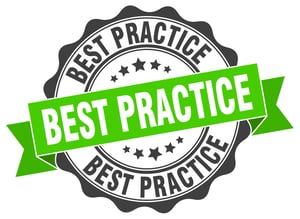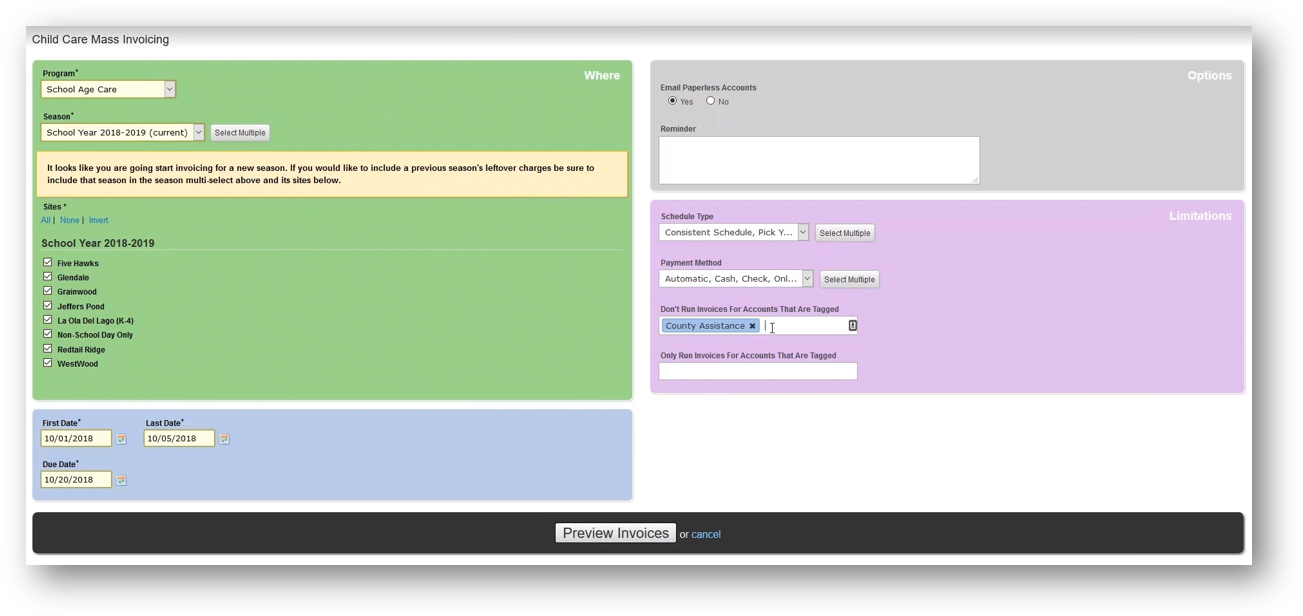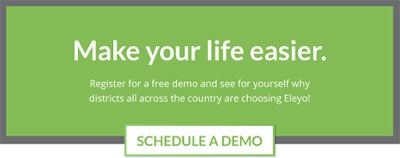For most school-age child care programs, invoicing has become a dreaded, long and time-consuming process. Once the invoices are sent, there are questions from families on their charges. After working with many programs across the country, we’ve learned the best practices to make invoicing an easy and quick process.
 Best Practice #1: Communicate Invoicing Processes to Families
Best Practice #1: Communicate Invoicing Processes to Families
In any relationship, communication is key. Communicate your invoicing processes to families so that they know what to expect. Make sure to include in your communication, the following:
- Invoice availability—so families understand when to expect their invoices.
- Payment due dates—helps families ensure they have funds available to pay those invoices when due.
- Additional fees—communicate late payment, early drop-off, and late pick up fees so expectations are set.
99% of Fees Collected with Auto-Pay
Best Practice #2: Keep Invoicing Consistent
Just like children need a consistent schedule to succeed, so do invoices. Consistency helps eliminate questions from families and makes life easier for your staff.
- Create a consistent schedule for sending out invoices.
- Create a consistent schedule as to when payments should be received.
- Include additional fees on the invoice instead of billing fees separately.
Best Practice #3: Automate Your Invoicing Processes
Automating your invoicing process helps with communication and consistency. Using an automated system, like Eleyo, will help your program:
- Automatically calculate fees.
- Send invoices electronically.
- Report on all payment activity.
- Add program reminders on invoices such as “The Fall Festival is coming up, buy your tickets now.”
- Help parents set up auto-pay to automate payment collection.
Communication, consistency, and automation will make your invoicing process run smoother and it will be less stressful for families and staff. Having a written process will help eliminate questions from families. Using a program like Eleyo makes invoicing easier.
Billing and Invoicing Software
